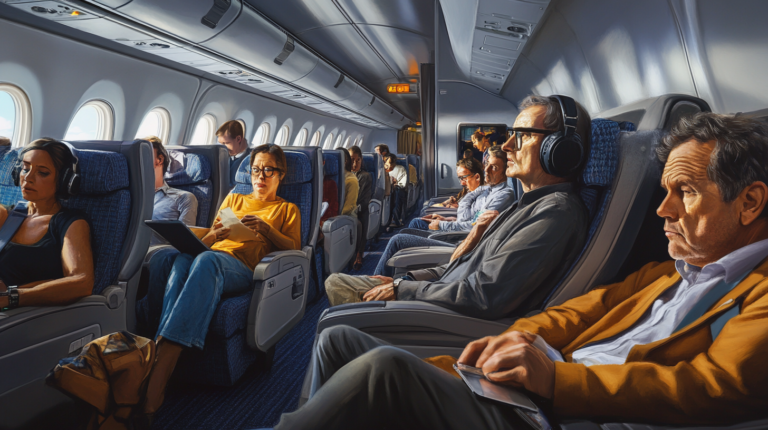The Safest Place to Sit on a Plane: An In-Depth Analysis

Every time passengers board a flight, they often find themselves deliberating over seat choices—should they opt for the aisle seat for easy access, the window seat for spectacular views, or perhaps an exit row for additional legroom? Comfort and convenience usually take center stage in this decision-making process. Yet, nestled within this choice is a critical, yet frequently overlooked consideration: safety. Although flying is statistically one of the safest ways to travel, with very low accident rates, knowing where to sit on a plane could enhance a traveler’s peace of mind. Exploring the nuances of seat safety can offer valuable insights, especially for those who harbor anxieties about flying or simply wish to be well-informed.
Understanding Air Travel Safety Statistics

Statistically speaking, air travel stands as one of the safest modes of transportation available today. In 2023, the aviation industry reached a significant milestone, marking its second safest year on record. With over 35 million flights crisscrossing the globe, there were only 105 fatalities resulting from five fatal accidents—a testament to the rigorous safety standards and technological advancements in aviation. To put this into perspective, the odds of dying in a plane crash are approximately 1 in 205,552. This risk is minuscule when compared to the odds of dying in a car accident, which are about 1 in 102, highlighting how everyday road travel presents a far greater risk. Understanding these statistics not only underscores the safety of air travel but also emphasizes the extraordinary efforts made to keep passengers secure at 30,000 feet above the ground.
Between 2001 and 2017, the aviation industry demonstrated an outstanding safety record, with a remarkable 98.2% of passengers involved in aviation incidents surviving. This impressive survival rate is not just a mere statistic but a reflection of the continuous improvements in aircraft engineering, safety procedures, and emergency response protocols. For instance, in 2016, U.S.-certified scheduled airlines achieved a significant milestone by reporting zero fatalities—a clear indication of the high safety standards maintained within the industry. These figures are not just numbers on a chart; they represent lives saved and the relentless dedication of aviation professionals to passenger safety. The combination of advanced technology, stringent regulations, and comprehensive training contributes to making air travel exceedingly safe.
The Rear of the Plane: A Safe Haven?
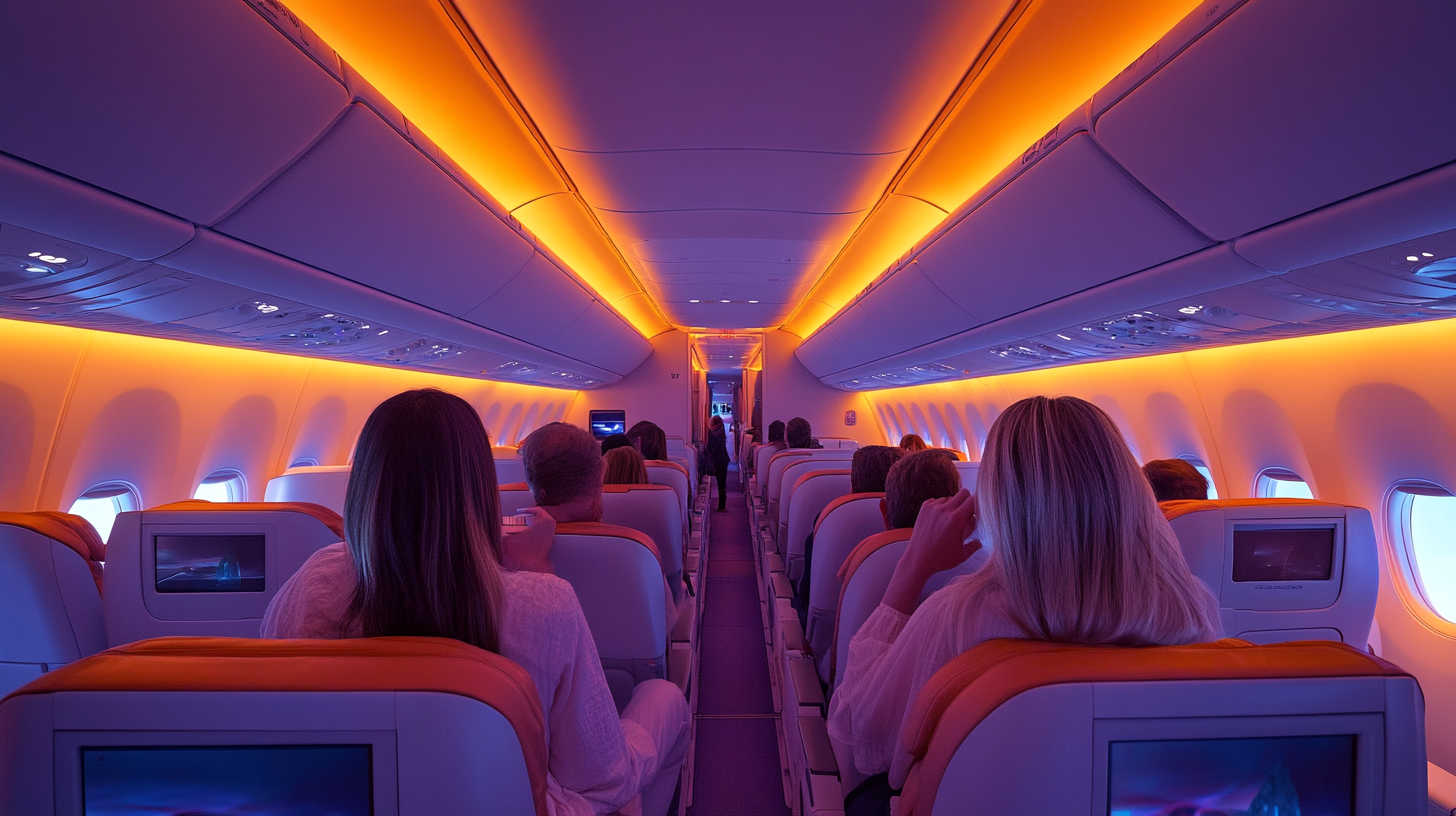
When examining the nuances of aviation safety, the question of whether certain seats are safer than others often arises. Several comprehensive studies have investigated the impact of seating positions on survival rates in the rare event of an aviation accident. One significant study conducted by the Federal Aviation Administration (FAA), which analyzed data from incidents spanning 1985 to 2020, shed light on this very topic. The findings indicated that passengers seated in the middle seats at the rear of the plane had a fatality rate of 28%. This rate is notably lower compared to those seated in the middle section of the aircraft, where the highest fatality rates were observed. These statistics suggest that the rear of the plane may offer a marginal safety advantage, potentially due to being farther from the primary point of impact in some crash scenarios.
In alignment with the FAA’s findings, a 2015 TIME Magazine analysis delved into aviation accident data to determine the safest seats on an aircraft. The analysis concluded that the rear middle seats are statistically the safest during a crash. Passengers occupying these seats had lower fatality rates, which could be attributed to several factors. Being positioned toward the back of the plane places these passengers farther from potential points of impact, especially in scenarios where the front of the aircraft sustains the most damage. Additionally, being in middle seats means that passengers have the added protection of fellow passengers and seats on either side, potentially providing extra cushioning during a crash. These insights reinforce the notion that while no seat can guarantee absolute safety, certain seating positions may offer increased odds of survival.
The Role of Crash Dynamics and Proximity to Exits
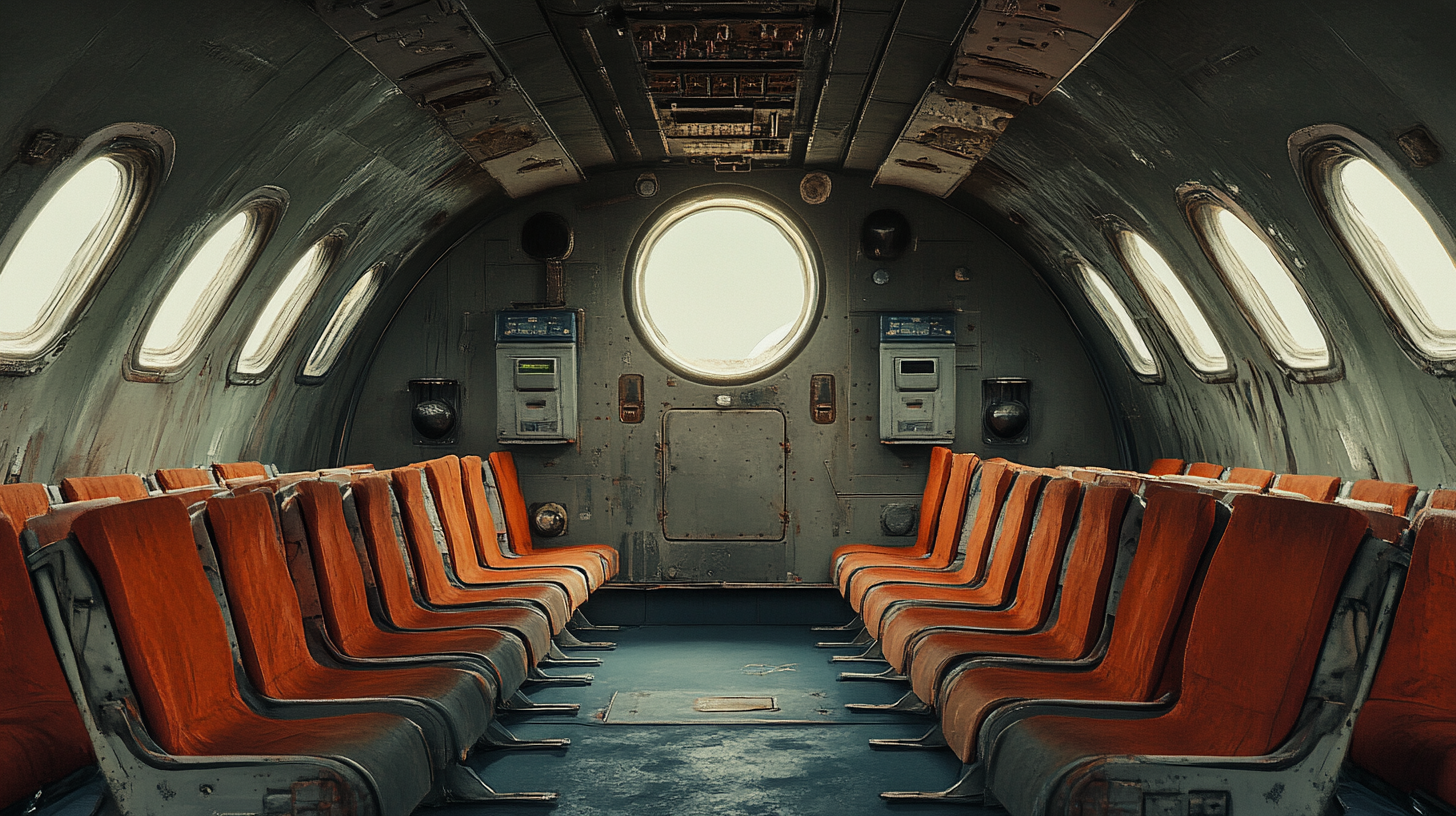
Despite statistical trends suggesting that the rear middle seats may offer a safety advantage, it’s important to recognize that every aviation accident is a complex event with unique variables. The dynamics of a crash can vary greatly depending on numerous factors, such as the type of impact—whether it occurs at the front, rear, side, or involves a breakup in mid-air. For those interested in understanding how these variables influence survival odds, the impact of crash dynamics on passenger survival rates >impact of crash dynamics on passenger survival rates provides valuable insights. These variables mean that survival odds are influenced by more than just seat location. Therefore, while choosing a seat towards the back may offer some statistical benefit, it’s not a guaranteed safeguard. The specific circumstances surrounding each incident can significantly affect outcomes, rendering general averages less applicable in individual cases.
Another crucial factor that can influence survival during an aircraft accident is the proximity to emergency exits. In situations where a rapid evacuation is required—such as after a crash landing or during a fire—being seated closer to an exit can significantly increase a passenger’s chances of a safe escape. Studies have shown that smoke and flames can engulf an aircraft quickly, leaving only a narrow window of time for evacuation. For practical guidance on maximizing evacuation readiness, the strategies for rapid aircraft evacuation >strategies for rapid aircraft evacuation offers essential tips. Therefore, passengers seated nearer to exits may have a distinct advantage. It is advisable for travelers to note the locations of the nearest exits upon boarding, counting the rows between their seat and the exit in case visibility is compromised. Paying close attention to safety briefings and reviewing the safety information card can equip passengers with the knowledge needed to act swiftly in an emergency.
Practical Tips for Enhancing In-Flight Safety

While seat selection is one aspect of flight safety, passengers have the opportunity to take several proactive measures to enhance their personal safety and preparedness during a flight. Implementing these practical tips can make a significant difference in emergency situations. For comprehensive guidelines on in-flight safety practices, the passenger safety protocols during flights >passenger safety protocols during flights provides valuable recommendations:
- Always Fasten Seat Belts: Keep your seat belt fastened at all times when seated to protect against unexpected turbulence, which can occur without warning and cause injuries to unrestrained passengers. Turbulence is the leading cause of in-flight injuries, and a securely fastened seat belt is the best defense.
- Wear Appropriate Footwear: Wear sturdy shoes during takeoff and landing to facilitate evacuation if necessary. Flip-flops or high heels can hinder movement in emergency situations, whereas closed-toe shoes offer better protection and mobility.
- Listen to Safety Briefings: Pay close attention to the crew’s safety demonstrations and read the safety information card even if you are a frequent flyer. Aircraft models and safety procedures can vary, so staying informed is crucial.
- Avoid Drinking Excessively: Refrain from consuming alcohol in excess, as it can impair judgment, slow reaction times, and reduce coordination during emergencies when swift action is required.
- Identify Nearest Exits: Upon boarding, locate the nearest emergency exits in front of and behind your seat. Counting the number of rows to the exits can be helpful if visibility is reduced due to smoke or darkness.
- Do Not Retrieve Luggage During Evacuations: In an emergency, leave all personal belongings behind to expedite evacuation. Retrieving luggage can obstruct aisles and hinder both your escape and that of others.
Balancing Safety with Comfort and Convenience
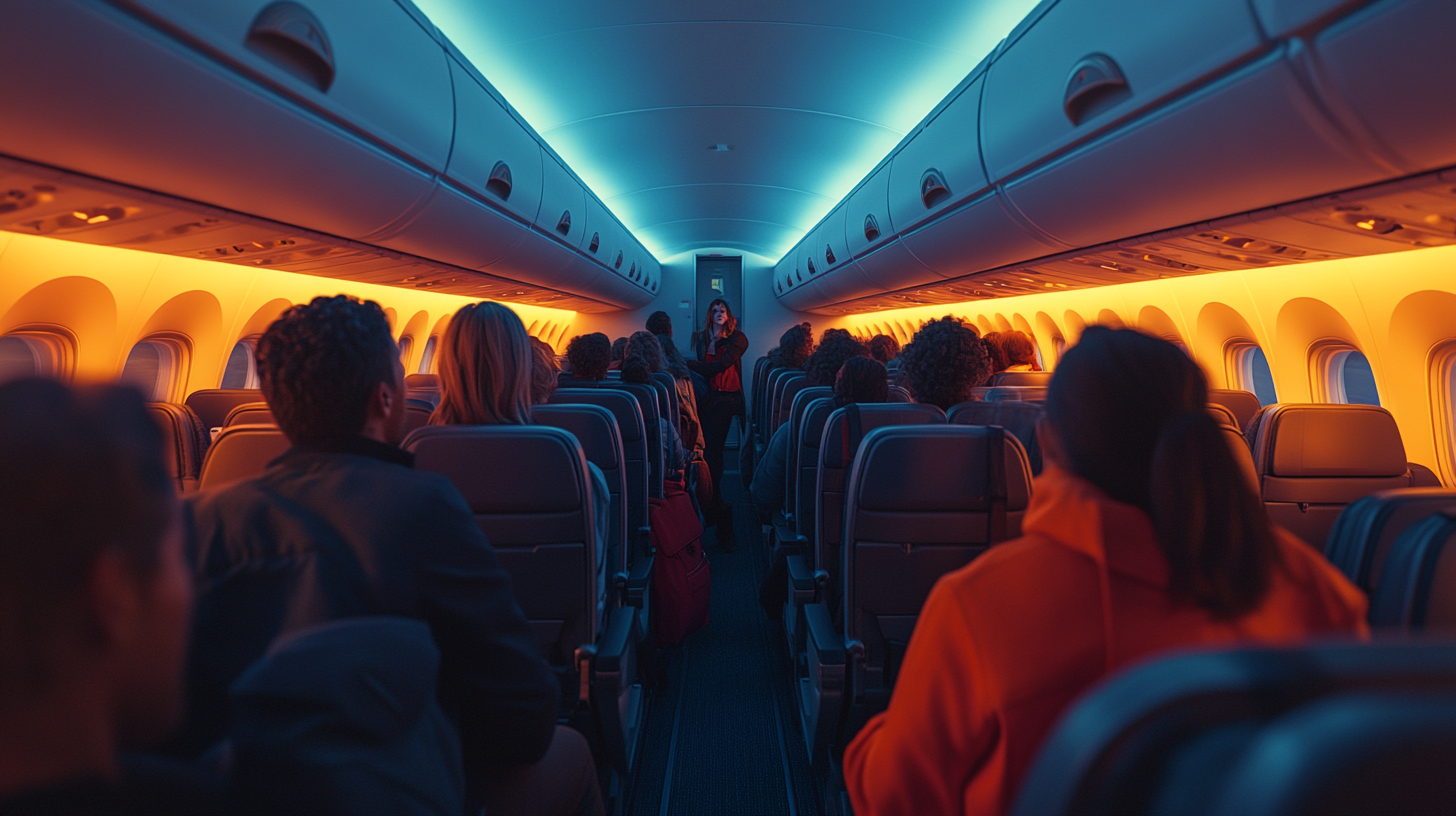
While safety is a crucial consideration, passengers often need to balance it with their comfort preferences and specific needs. For detailed advice on making the best seat choice, the guide to selecting the best airplane seat for your needs >guide to selecting the best airplane seat for your needs offers helpful tips. Various factors can influence seat selection, and being mindful of these can enhance the overall flying experience:
- Turbulence Sensitivity: Passengers who are sensitive to motion sickness may prefer seats over the wings or towards the front of the aircraft. These areas typically experience less turbulence because they are closer to the plane’s center of gravity. Minimizing motion can help such passengers feel more comfortable during the flight.
- Traveling with Children: For those traveling with young children, selecting an aisle seat can offer easier access to the lavatory and the opportunity to move about when necessary. Alternatively, window seats can provide visual entertainment for children, helping to keep them engaged.
- Anxiety Considerations: Passengers who experience anxiety may benefit from window seats, allowing them to look outside and focus on the horizon, which can be calming. Conversely, those who prefer quick access to the aisle may choose aisle seats to feel less confined.
- Legroom Needs: Taller passengers or those requiring extra space might opt for exit rows or bulkhead seats that offer additional legroom. However, it’s important to note that exit row seats come with added responsibilities during emergencies.
- Seat Width Preferences: Some airlines offer wider seats in certain rows or classes, such as premium economy. Selecting seats with greater width can significantly enhance comfort, especially on longer flights.
Ultimately, passengers should consider their personal comfort and specific needs when selecting a seat. Given the exceptional safety record of air travel, the marginal differences in safety between seat locations may be less significant than factors that contribute to a comfortable and enjoyable journey. By carefully weighing both safety considerations and comfort preferences, travelers can choose seats that best suit their individual requirements.
Airline Safety Records and Choosing Safe Airlines
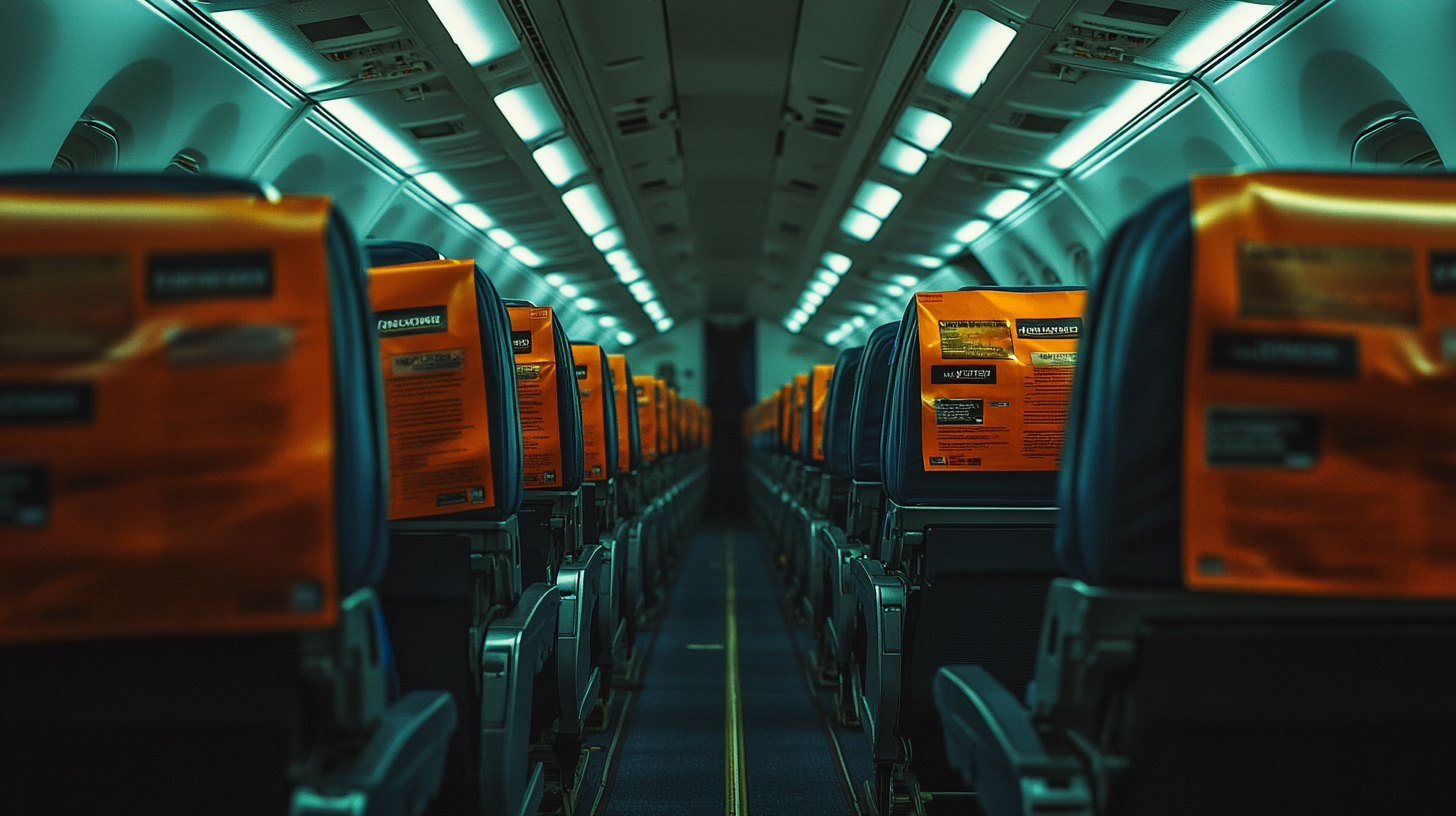
In addition to seat selection, passengers may also consider the safety records of different airlines when planning their travels. While the aviation industry maintains high safety standards globally, discrepancies can exist between carriers based on factors such as maintenance practices, pilot training, and adherence to international safety regulations. For those interested in comparing airlines, the comprehensive airline safety ranking report >comprehensive airline safety ranking report provides detailed assessments of carriers worldwide. For example, airlines like Air New Zealand and Alaska Airlines have been recognized for their exemplary safety records and commitment to operational excellence. Conversely, some carriers, including American Airlines and China Airlines, have experienced higher numbers of incidents or fatalities in the past. Passengers seeking peace of mind may wish to research airlines’ safety histories and consider these factors when booking flights.
By taking the time to research and select airlines with robust safety records, travelers can further enhance their overall sense of security. Resources such as aviation safety reports and airline rating websites provide valuable information on carriers’ safety performances. Choosing airlines known for stringent safety protocols and a strong safety culture can contribute to a more comfortable and confident travel experience.
Final Thoughts

Follow us back to Seat 5A for more insights and updates on air travel safety and comfort. While the likelihood of experiencing an aviation accident is extremely low, being informed about factors that influence safety can provide passengers with additional peace of mind. Choosing a seat toward the rear of the plane, especially a middle seat, may offer a slight statistical advantage in the rare event of a crash. However, it’s important to remember that seat location is only one aspect of a multifaceted safety equation. Variables such as crash dynamics, proximity to exits, airline safety records, and individual preparedness all play significant roles. By making informed decisions and taking proactive steps, passengers can enhance not only their safety but also their overall flying experience.
Ultimately, the most impactful measures passengers can take revolve around staying informed, vigilant, and prepared for any situation. By adopting a proactive approach to safety, travelers can significantly improve their chances of responding effectively in an emergency.
- Stay Alert: Remain aware of your surroundings at all times, and promptly follow any instructions or guidance provided by the flight crew. In an emergency, timely response to crew directives is crucial.
- Follow Protocols: Adhere to all safety protocols established by the airline and aviation authorities. This includes complying with carry-on luggage regulations, seat belt use, and electronic device guidelines.
- Prioritize Health: Maintain personal health and hygiene, and if feeling unwell, consider rescheduling travel. Healthy passengers are better equipped to handle stressful situations and emergencies.
Ultimately, air travel continues to be one of the safest and most efficient modes of transportation available. By making informed seating choices, selecting reputable airlines, and adhering to recommended safety practices, passengers can significantly enhance their safety, comfort, and overall flying experience. Knowledge empowers travelers to navigate the skies with confidence, ensuring that their journeys are not only enjoyable but also secure.




